What does it take to drive between South Africa and Kenya in a more than 50-year-old vehicle? It helps if you’re doing it for a good cause, you have a sense of adventure and you’re prepared to get your hands dirty. Of course, it also doesn’t hurt if people love your expedition vehicle, a 1971 Kombi. The winners of the first Africa Rally share overlanding lessons and highlights from the route.
When participants in the Africa Rally lined up at the start in Hartbeespoort on 2 July 2023, only two things were certain. Their destination: Mbita, on the shores of Lake Victoria. And their deadline: 22 July 2023. How they got there and what adventures they would have along the way were up to the teams. For Team 13, André Wolfaardt and Dave Woest, the next three weeks proved one for the books. Raising funds for the Avril Elizabeth Home, they racked up over 5,800km, many special memories and the overall title.
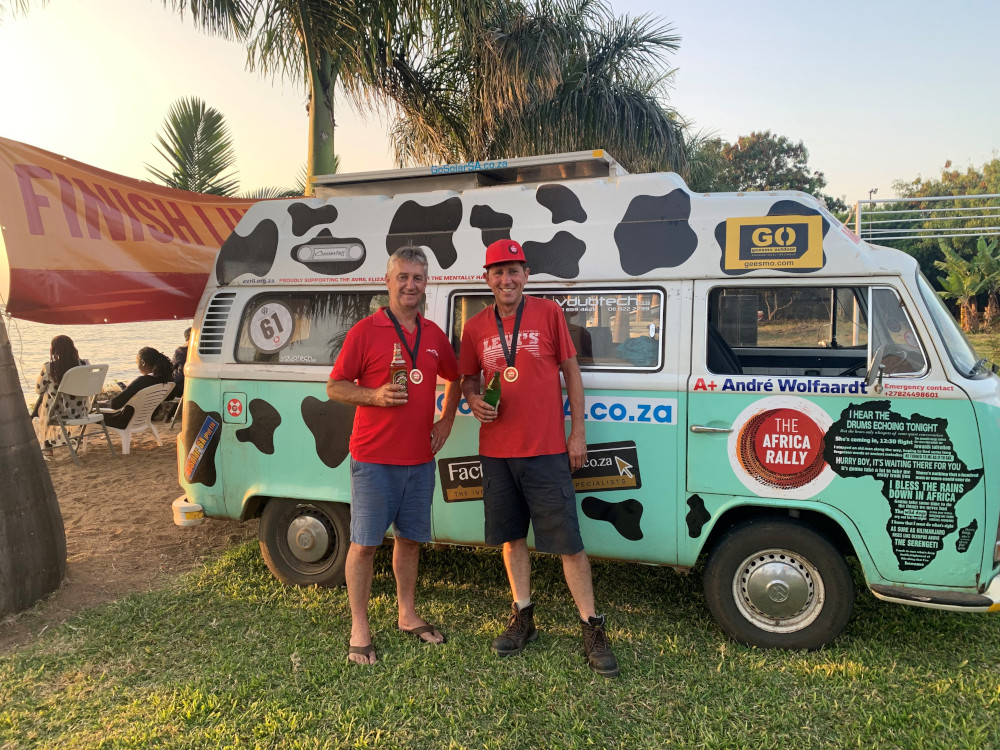
It was a spontaneous decision that led to Team 13’s entry. “On the way down to the coast at the end of last year, I drove past a Ford Cortina with a sticker of the Africa Rally. It sounded interesting, so when I saw the same vehicle at the Harrismith fuel stop, I went to chat to the driver. Ten minutes later, I knew: we were going to Kenya,” recalls André.
“What appealed to me was that it sounded like a great adventure, the kind of thing you remember forever.” In keeping with the Africa Rally’s approach that overlanding should be for everyone, André and Dave looked for an older vehicle. They knew they’d found their rally vehicle when they came across the 1971 VW Kombi. It had been an ice cream van in its first life and a mobile coffee shop thereafter. So the MilkVan was born.
The MilkVan and living in the moment
Because it hadn’t been driven for a year or two prior, the MilkVan had to be reconditioned completely. But even after several months, it wasn’t a picture of reliability. On a trial run to Clarens with a group of the BeetleManiacs two weeks before the Africa Rally, the motor seized. It was rebuilt in record time and Team 13 got the MilkVan back two days before the start. Still, they weren’t filled with confidence in their steed.
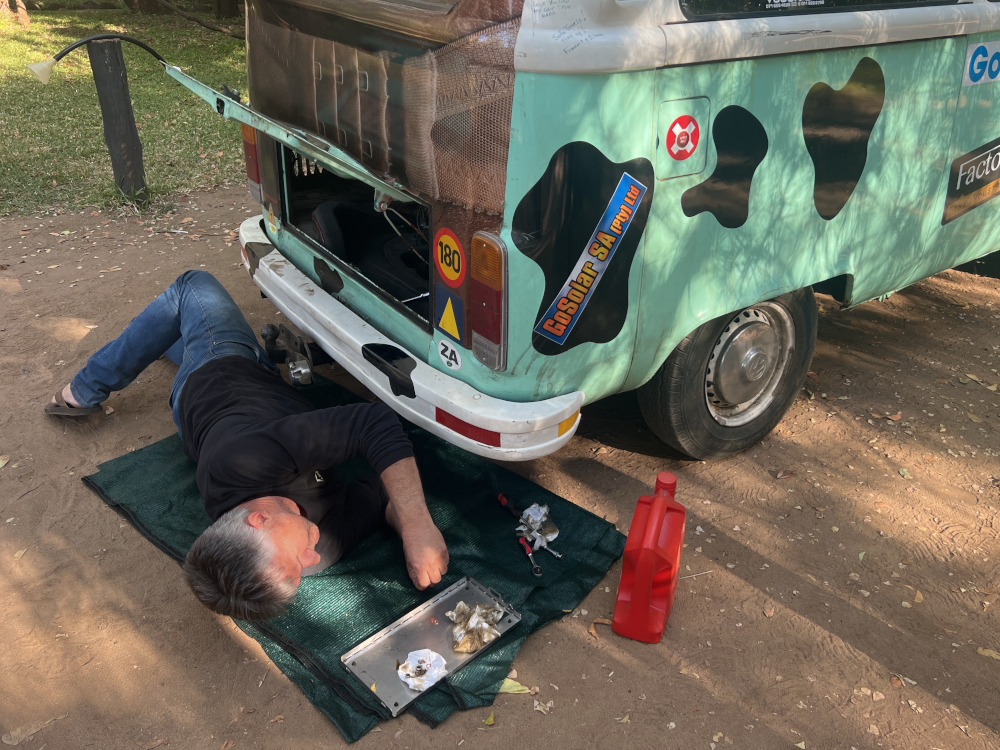
“We decided to stick to main roads to make sure we got there and had access to mechanical support. We didn’t book any accommodation, because we never knew if we would arrive. So that became part of the adventure as well. We took it minute by minute and it was awesome. Compared to more capable vehicles, we couldn’t turn off wherever we wanted to explore the countryside. But we had great interactions with people along the way,” André says.
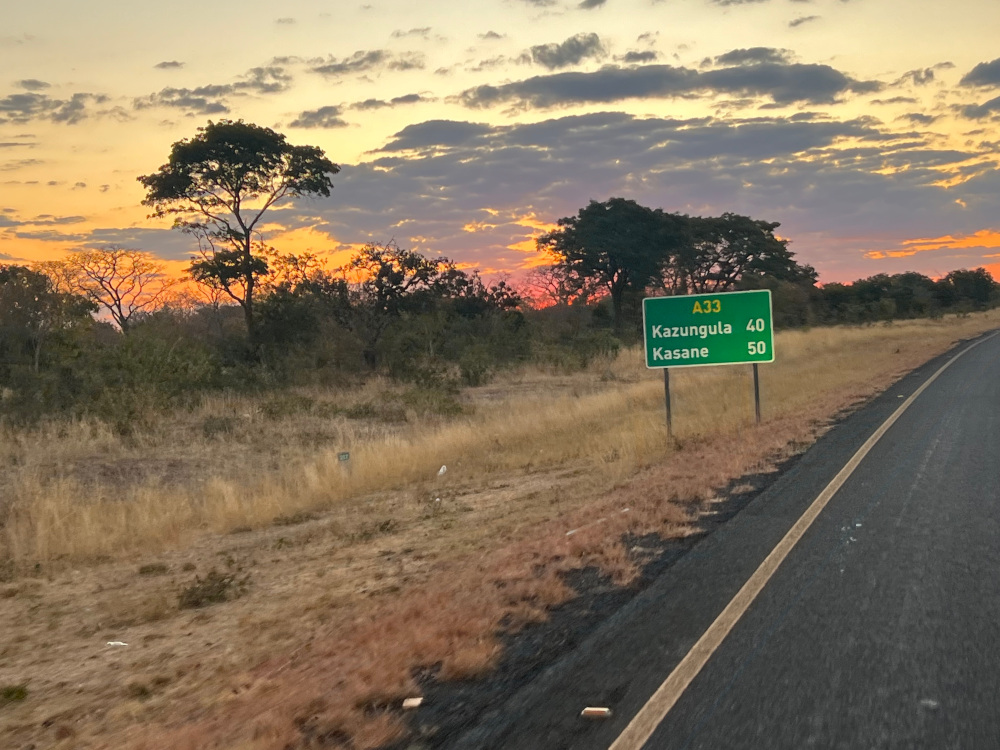
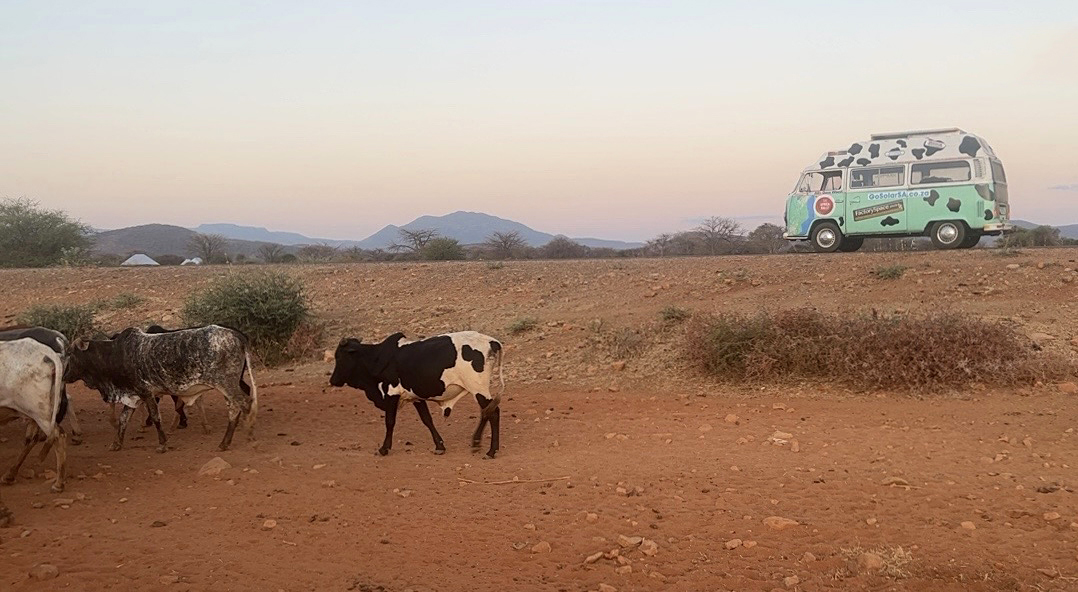
Magical memories and surprise encounters
Team MilkVan had plenty of unforgettable experiences, like the stunning sunset they saw while taking a river cruise from Kasane. And, sporting lucky number 13, they won a helicopter flip over Victoria Falls. However, the one moment they will never forget happened in the middle of nowhere in Tanzania.
Stopped at a police roadblock, they noticed a Beetle and, recognising another VW fan, decided to introduce themselves. Imagine their surprise when the local driver said he knew all about them. “He had been following us since Pretoria. That was an absolute jaw-drop moment. We posted on social media to keep in touch with friends and family, but ended up reaching people all over. They loved the vehicle and our positivity.”
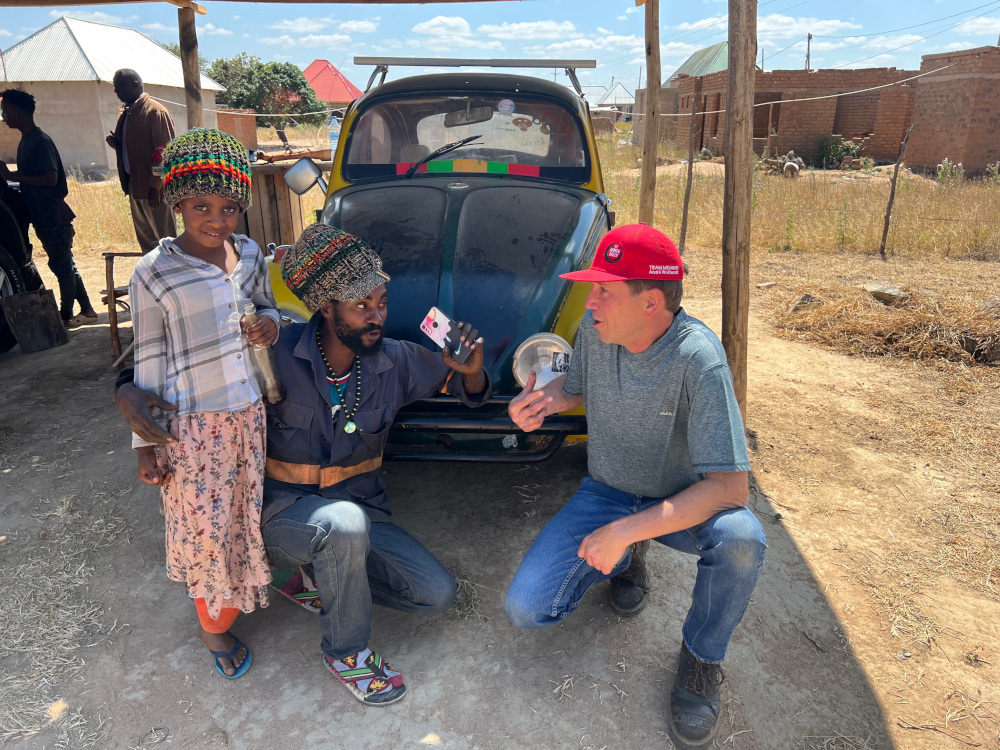
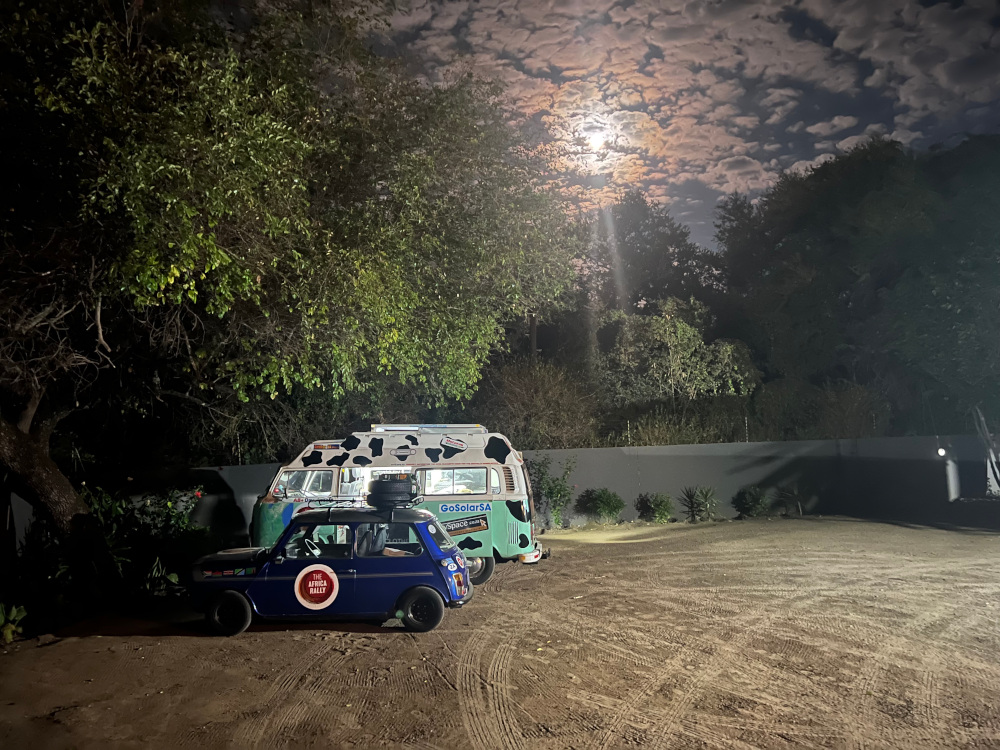
Because the MilkVan has its quirks, André and Dave set out to have fun, not race to the finish line. After all, the MilkVan couldn’t exactly speed along. Due to the reconditioned motor, they couldn’t go above 40km/h for the first 1,000km. And top speed was just shy of 100km/h. Even so, Team 13 reached Arusha ahead of schedule. So what did they decide to do? Drive into the Serengeti, of course.
Exploring the Serengeti
“When we signed up, we knew the migration period overlapped with the rally timeframe. So instead of heading up to Nairobi to reach Mbita, we decided to drive through the park. The Kombi actually has very similar ground clearance to a Land Cruiser,” André explains. They entered the Ngorongoro Conservation Area in the south, the viewpoint of the Crater being their first stop. “It was tranquil and beautiful with mist everywhere, almost like a rainforest.”
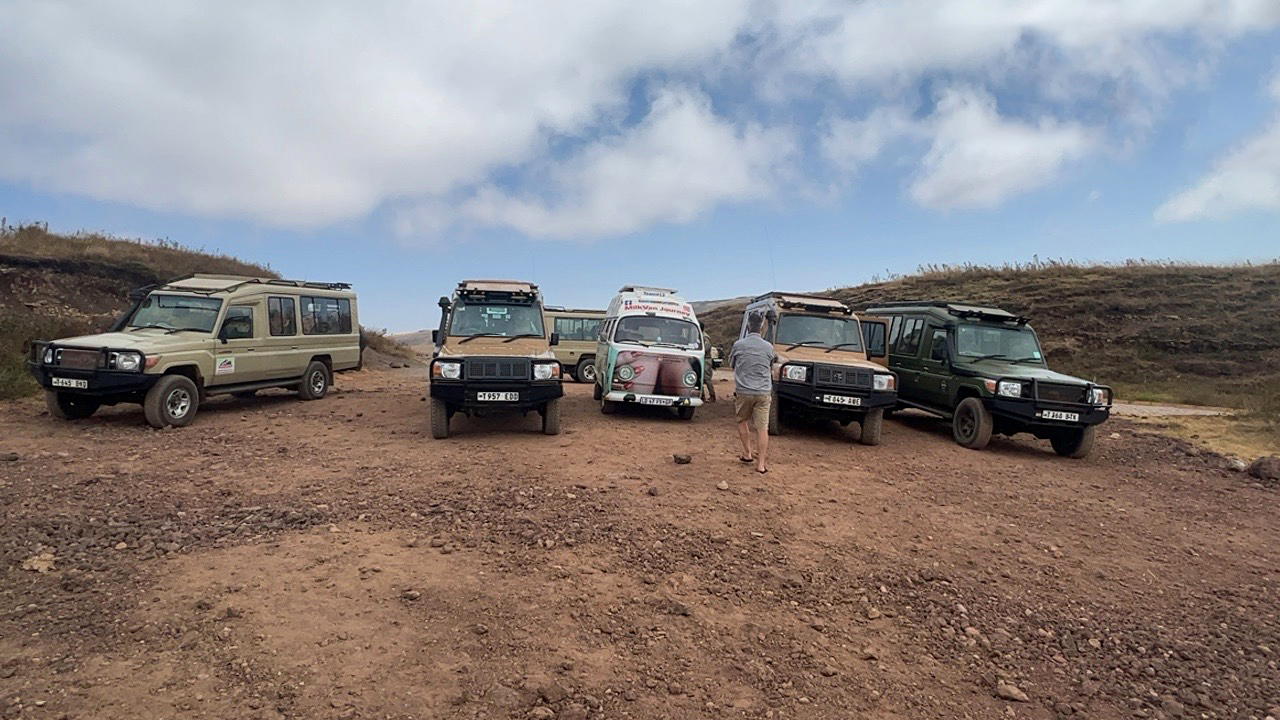
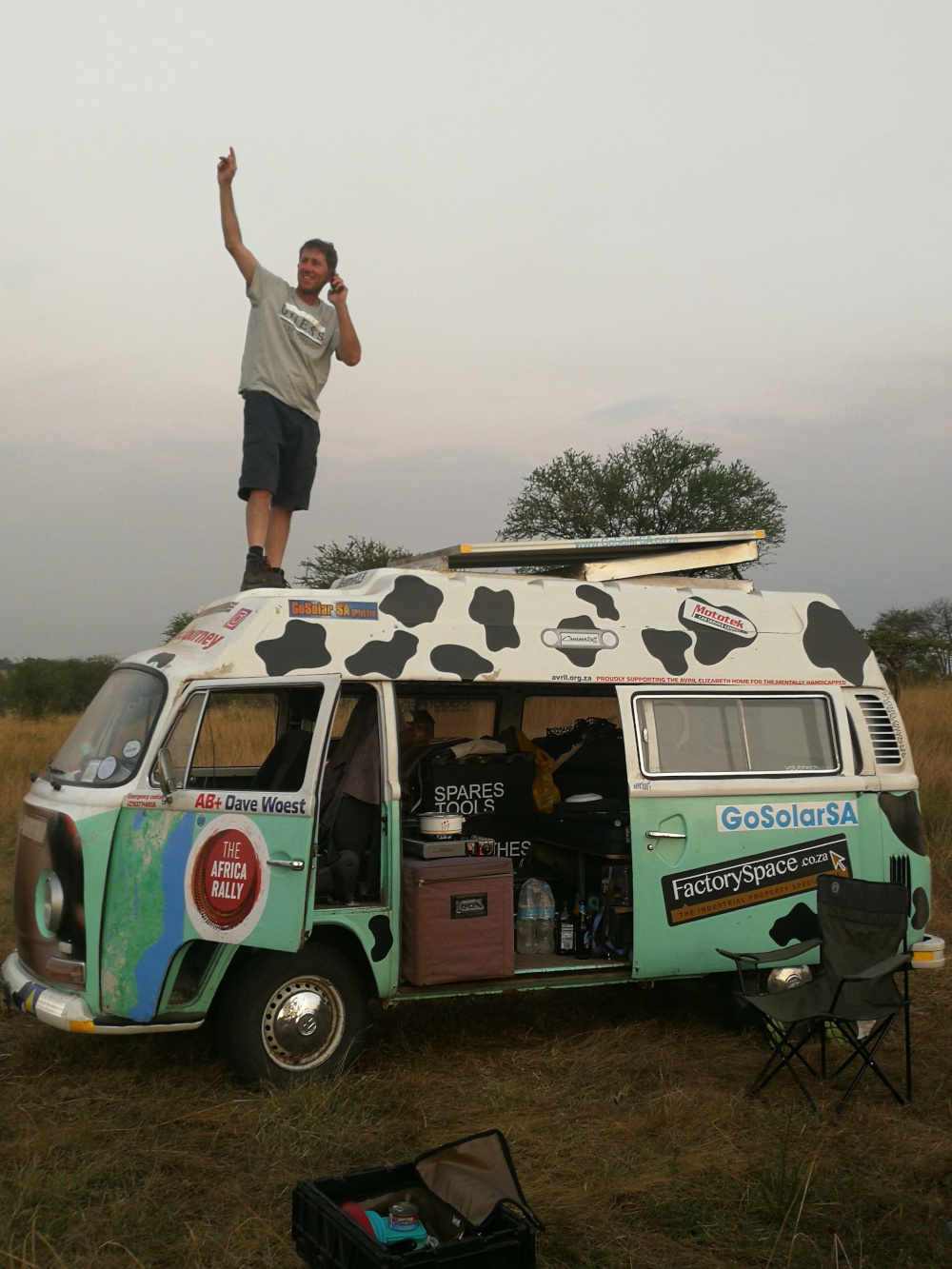
Their first night in the Serengeti was at a public camp near the Seronera airstrip. “It’s just an area that’s been scraped clean where you can park. There are some ablutions, but that’s about it; no electricity.” It was beautiful all the same and they saw a lot of game en route. However, day two, as the MilkVan headed up to Lobo Camp, really delivered. Lions within a metre of the vehicle and masses of wildebeest and zebra, all heading in the same direction.
On day three they were approaching Kogatende airstrip, next to the Mara River, when the big herds arrived. “They came en masse and passed two metres in front of our windscreen. We could feel the tension mounting.” A few Land Cruisers followed the MilkVan to a lookout in time to see the first crossing of the year. “There we were in our 19-voetsek Kombi and we had the best seat in the house. It was absolutely incredible. Even if we had seen nothing else on our entire trip, that made it worthwhile,” says André.
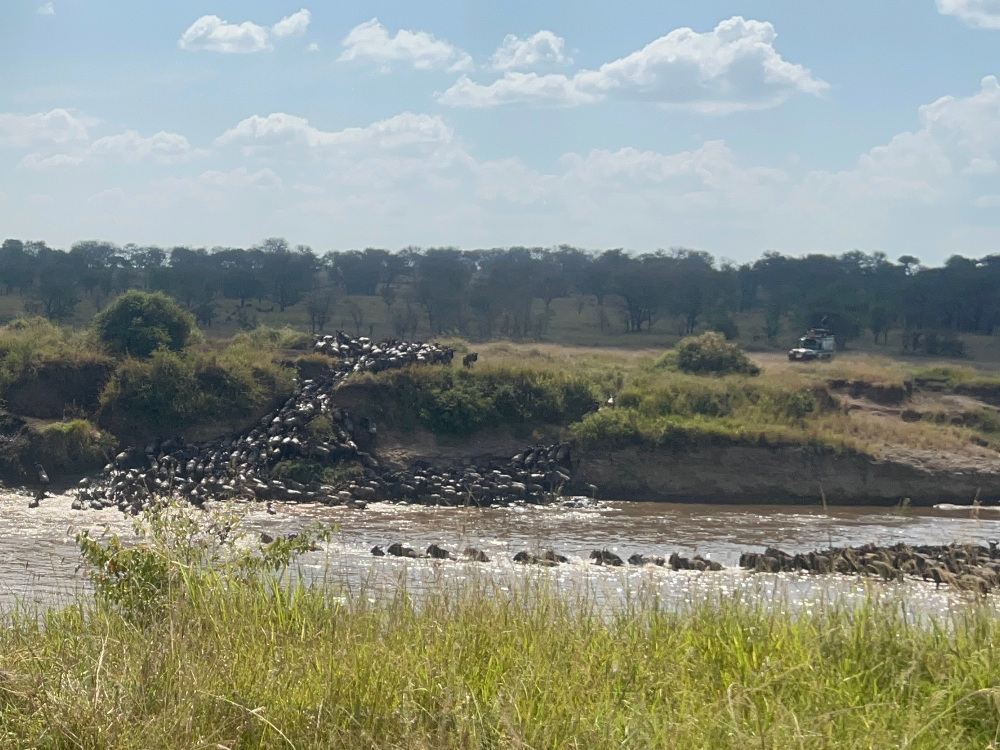
Dealing with breakdowns
But it was also during the Serengeti detour that the MilkVan had one of its 13 breakdowns. Not so lucky number 13 then. “We had just stopped at the Ngorongoro Crater viewpoint and were ready to push on. We hadn’t driven very far when Dave said, ‘There goes the clutch.’ Just like that, no emotion. So I said, ‘You make the coffee, I’ll sort the clutch. That’s how everything went. We never threw our toys or had an argument.”
André explains that Dave used to have an engineering concern so he understands the basics of an engine. He himself is mechanically minded and took the motor of his first car apart with the help of a manual. Between the two of them, they managed to figure out how to deal with most problems.
One memorable fix was to the accelerator. On the road between Lusaka and Petauke, while heading up a hill, the MilkVan suddenly had no acceleration. One of the linkages connecting the pedal to the fuel cable had sheared clean off. “We had a piece of fuel line pipe, a bit of paracord and some cable ties. So we mounted the pipe under and through the floor pan and ran the paracord through that. The cord then led up to the steering wheel and finished in a makeshift handle: effectively a hand-operated accelerator. The action of lifting with your hand to accelerate when your brain wants to push your foot down was confounding. But we used that mechanism for 1,000km until we could get somewhere to effect a proper fix.”
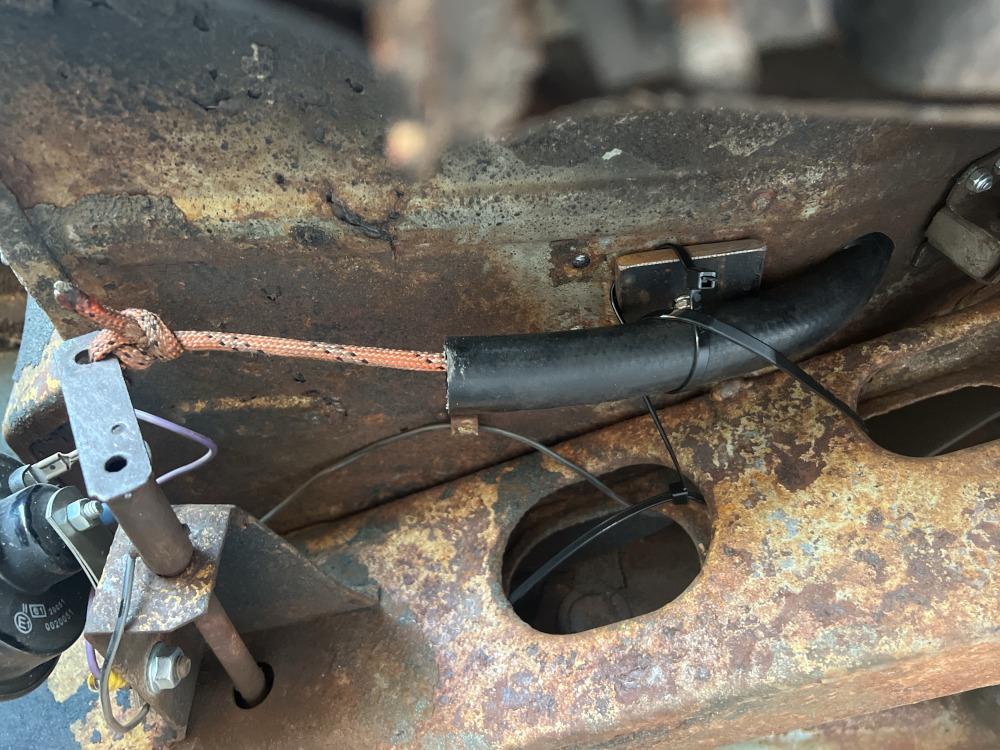
Why do the Africa Rally
André insists that you don’t have to be an expert overlander to take part in the Africa Rally. More important than all the kit is the right attitude – something that holds true for overlanding in general. If you realise from the start that there will be setbacks, it won’t ruin your trip. You simply have to deal with them as they come up.
“I’d definitely recommend doing the rally. You get to meet like-minded people and swap ideas. There’s lots of moral, physical and technical support from organisers and contestants alike. And there’s the camaraderie, the adventure, the people, the challenges. It’s difficult to put into words. When you get back, so many people want to talk about the experience. You get to relive it again and again – it’s infectious,” he says.
“If you’re thinking of doing it, don’t think – do it. Any car will do.”
Tips from the road
Travelling
Road conditions can vary considerably on the same stretch of road. “It can go from immaculate tar to the worst road imaginable within five kilometres.” The team had good tar all the way up to Kasane but elsewhere the roads varied from fair to bad to ridiculously bad.

Speed limits in towns are strictly enforced. In many countries, the maximum speed in a settled area is 50km/h. “Don’t even think of going 51km/h,” says André.
Don’t drive at night. Between the potholes and speeding buses and trucks, it’s simply too dangerous. The MilkVan has space for sleeping inside and sometimes the team would overnight at a petrol station if they couldn’t reach a campsite.
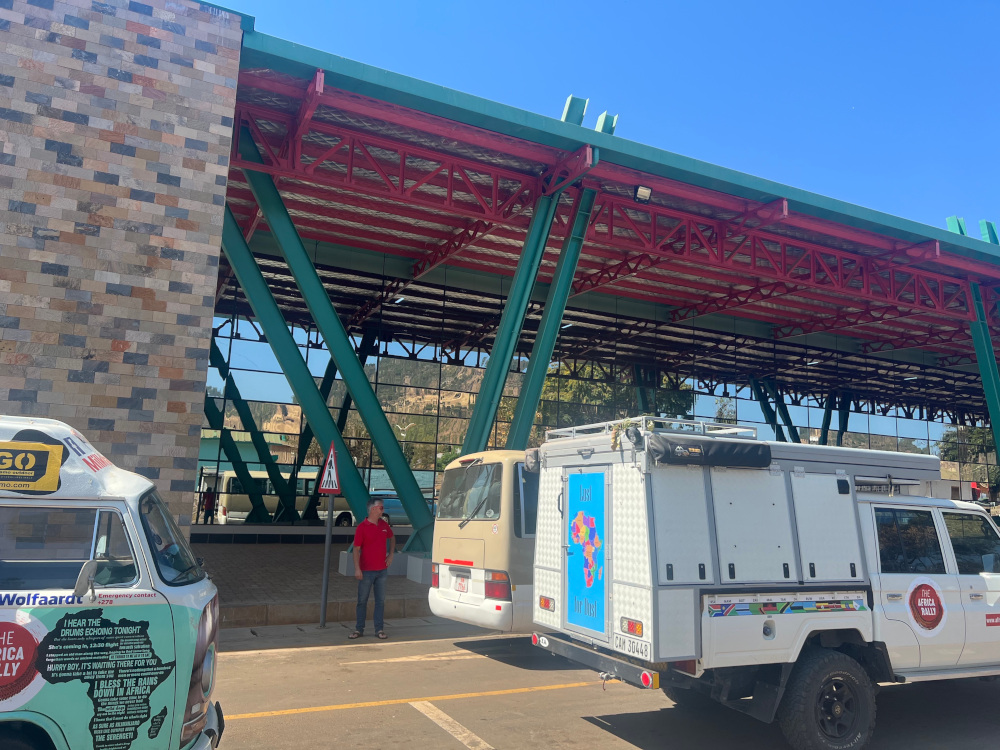
Allow enough time at border crossings to reach your destination for the night. Team 13 found that it took three hours on average to clear a border. “Our best border post experience was at Beitbridge on the Zimbabwean side: half an hour and done. It’s a brand new, properly designed building where activity flows from counter to counter in a way that makes sense.”
Maintenance and repairs
Equip yourself with basic mechanical knowledge before you set off. André suggests asking your local mechanic for a quick overview. Understand what to look for if the car doesn’t want to start e.g. fuel, spark plugs. If you understand the basics, it will dispel the worst stress. “It helps if you don’t mind stopping and asking people for help.”
Take spares for items that suffer wear and tear. Even new vehicles suffer damage because of the road conditions. Team 13 lost a brand new shock absorber on a stretch of washboard in the Serengeti. “We took a lot of spares with us. We had spares, clothes, spares, food, spares – did I mention spares? – and cable ties.”
It’s a good idea to do daily spot checks to pick up problems before they become major issues. “Every day when we stopped for the evening, we would do a spot check. Just to tighten a bolt here and plug something there.”
The Africa Rally 2024
Next year, the Africa Rally 2024 will run between 29 June and 20 July, with a maximum of 50 teams allowed. Next year will see the introduction of two route options. The original Challenger Route will lead from South Africa to Kenya. The new Discovery Route will be a loop from South Africa to Malawi and back, more convenient for those who have to get back for work.
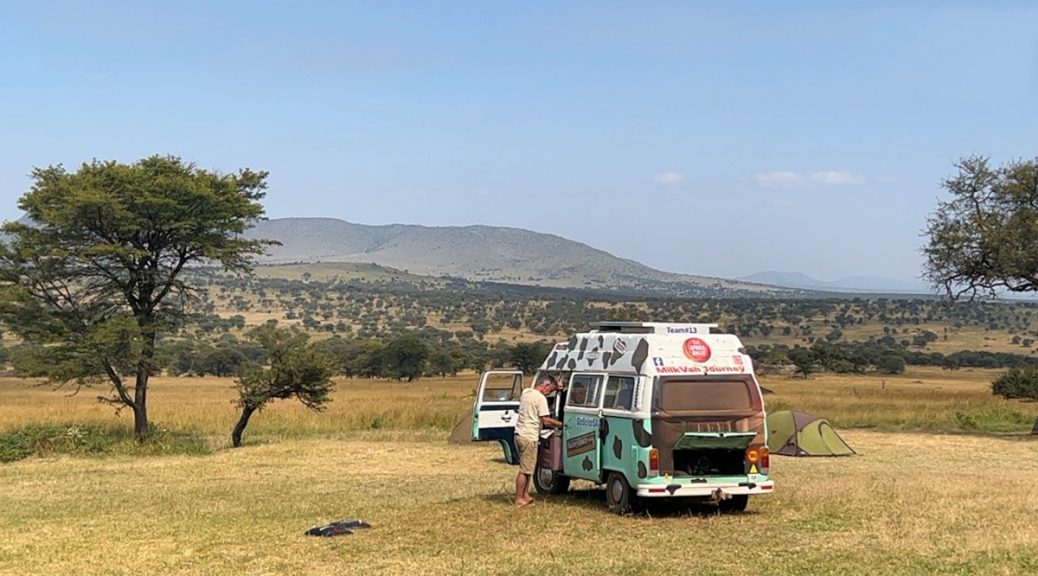
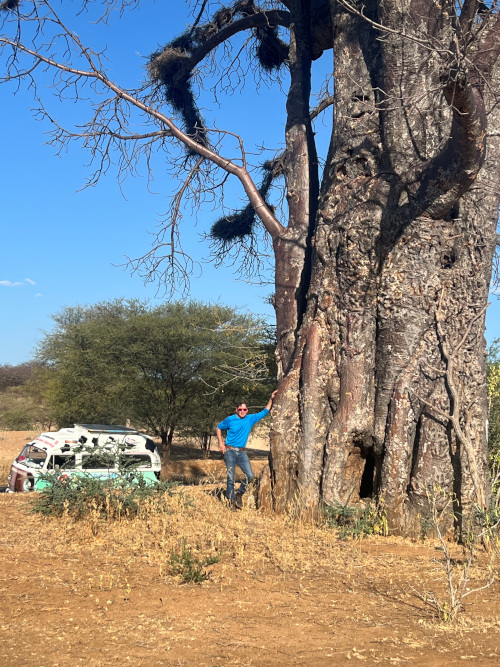
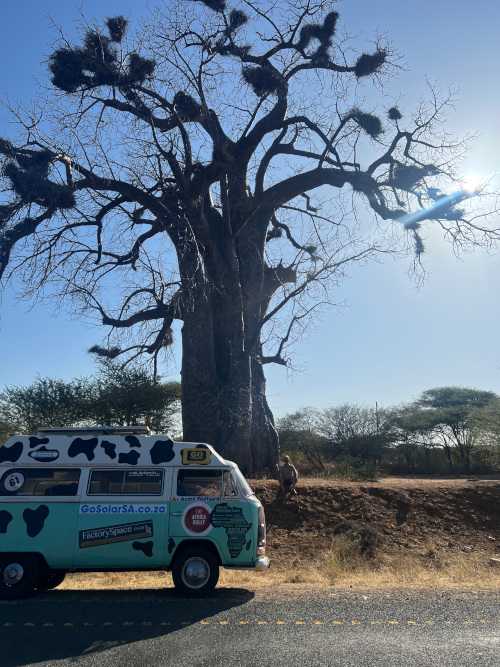

I have had the pleasure of driving a 1957 MG Magnette to Cairo, an MGB GT to the UK via Cairo, a Rolls Royce to the UK via Cairo and also a Mini. Then there was a Hi Lux and a Pajero Sport. Then there have been trips to all the SADAC countries and all the East African countries in various classics. So done a few!
We bet each trip had its own special appeal! Thanks for sharing your experiences.
It sounds like you need to find an even more unsuitable vehicle and join us in 2024! 😀 …although we’ve never had a Rolls take part in any of our events before…